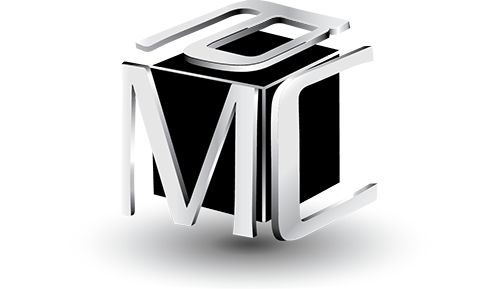The Elegance of Competencies
The Elegance of Competencies
Michael Couch
President
Michael Couch and Associates Inc.
Pittsburgh, PA
A colleague recently described to one of our clients that what he liked about competency-based talent management was that the system was so “elegant”. I thought that was a very apt description.
To me, the elegance of competency-based talent management comes from how the tool allows you to link your talent strategy to your business strategy and to align every talent decision (hire, develop, promote, deploy) with that focus. The result is a talent system that adds value because it supports and drives business results.
Here’s what we know about the elegance of properly developed and validated competency models:
- Best-in-class organizations are more likely to have defined competencies at all levels or even for select positions.
- Competencies are solid predictors of both job performance and future potential – both short and long term.
- Competency-based selection exhibits higher levels of validity, reliability and utility.
- Using competencies to increase the rate of promotion from within is a hallmark of high-performing organizations.
- Employee’s rated higher on critical competencies are significantly more productive.
- Select leadership competencies are drivers of employee engagement.
- The same set of competencies can be used to describe almost any job, anywhere in the world.
The dictionary definition of competency is “an ability to do something, especially measured against a standard.” That’s not bad but a more relevant definition for our purposes would be “measurable characteristics of a person that are related to success at work”. Competencies are sets of observable behaviors, not personality traits or motives. They are knowledge, skills and abilities expressed in work behaviors that people choose to use. Not all competencies are created equal. Some are better predictors of performance and potential. Some are harder to develop than others.
Creating competency models has been described as being both an art and a science but more on the science side than some would have you believe. Using competencies in talent processes has been around since War World II so there’s a lot we know about what works and what doesn’t. Here are some basic guidelines to establishing valid, reliable competency models.
Don’t start from scratch. There are a variety of thoroughly researched and normed competency dictionaries out there. When it comes down to it, the behaviors related to success at work are the same; some dictionaries just give them different names. Work from an existing set of defined behaviors and don’t try to build your own. It’s well worth the investment.
Model the future, not the past. Competencies should describe what behaviors should drive future success for an organization, not what success looked like in the past. Direct links should be built between the organization’s strategy and the behaviors critical to driving the strategy.
Don’t just copy other’s work. Different business strategies require different organization capabilities to be successful. That means that you can’t just copy what another organization developed and shoehorn it into yours. It won’t work and you will not have the needed commitment to the competencies that comes from the validation process.
Model top-performance. Research has shown that high-performing, high potential employees describe success very differently than low performers. Therefore, use those High Pro’s as your subject matter experts in developing your definitions of success. Otherwise, your models will describe average performance and not have any stretch to them.
Model roles and processes, not jobs and departments. Even the largest organizations should have less than a dozen or so overall competency models that match broad roles and levels. Not every position, career level and function should have unique models. Build clear links between the models. Otherwise silos will be reinforced and the cross-functional movement required for successful careers will be hindered.
Align all of your talent processes. Once you know what success looks like, than every talent tool you have should be focused on increasing the organization’s capability and capacity. Most organization’s start with building competency-based selection and promotion since that has the biggest immediate impact and long-term payoff. Next is typically leadership development that involves proving feedback, coaching and targeted development plans for high potentials in mission-critical roles. Leadership Development begets succession management. Not far behind is usually a revision of the Performance Management process to integrate the competencies. And so it goes.
Make the competencies come alive for every employee. Once the models are validated, they should not be locked away in HR. Managers and employees should understand the models and have the opportunity to interact with them. Build development tools. Train managers in providing coaching and feedback. Build self-service assessment and career planning tools. Train everyone behavior-based interviewing.
Finally, keep the models up to date. As the competitive pressures change for your organization, so should the requirements for success. Competency models should be reviewed any time your strategy is updated. The impact of applying the competencies should also be tracked to see if any continuous improvement is required.

